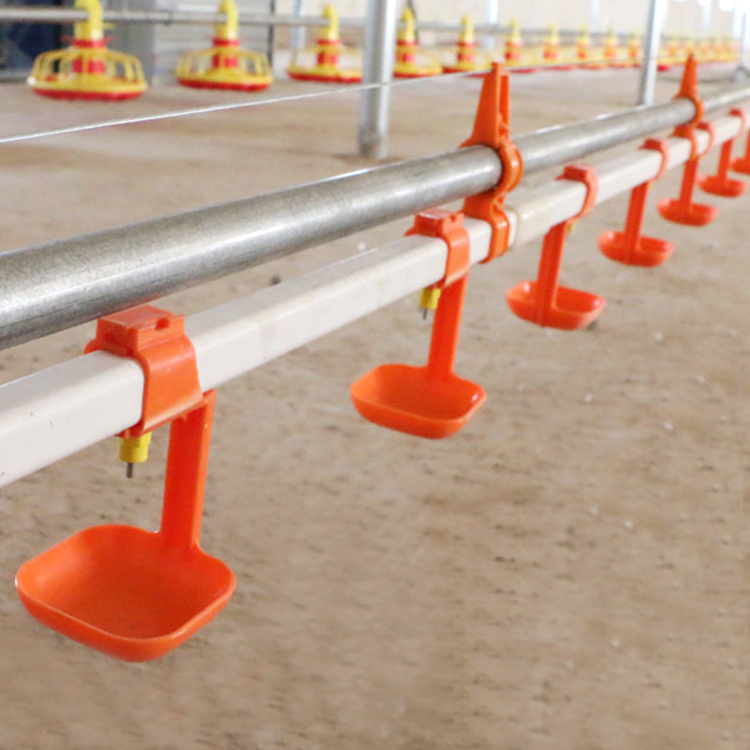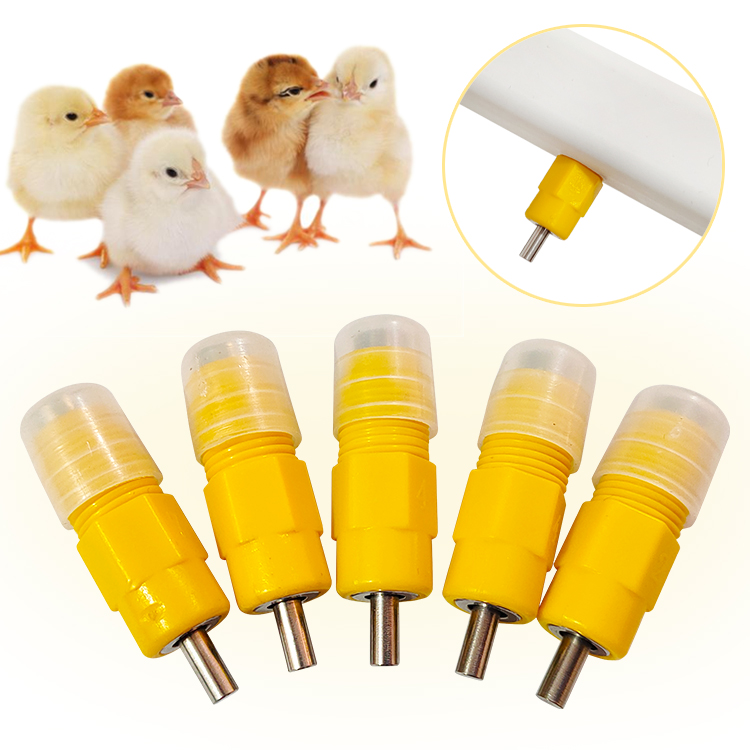
Southeast Asia is located in the tropics and includes 10 countries: Myanmar, Thailand, Vietnam, Cambodia, Laos, Malaysia, Singapore, the Philippines, Brunei, and Indonesia, with a population of 500 million. The per capita income of the population in Southeast Asia depends on the social, political, and economic development of each country. The per capita income and religious beliefs of residents determine the type and level of consumption of livestock and poultry products in the region.
The economies of Southeast Asian countries are at different stages of development. Laos, Myanmar, Cambodia, and Vietnam are dominated by agriculture; the economies of Thailand, Malaysia, India, India, and the Philippines are dependent on agricultural and industrial exports; Singapore and Brunei are dominated by industrial exports and Oil is the backbone of the economy.
Southeast Asia is a major exporter of agricultural products such as palm oil (Malaysia, Indonesia), rice and shrimp (Thailand), chicken (Thailand), and rubber (Indonesia, Malaysia and Thailand).
In recent years, animal husbandry production in Southeast Asian countries has developed to varying degrees, showing a steady growth momentum. The output of animal products has increased year by year, and the most obvious increase is the output of milk, pork, eggs and poultry meat. According to the statistics of the United Nations Food and Agriculture Organization, the number of dairy animals in Southeast Asia in 1999-2001 and 2003 was 851,000 and 907,000, an increase of 6% in the two years, and the milk output was 1.317 million tons and 1.735 million tons respectively. , an increase of 32%, the level of milk production varies greatly between countries, Cambodia's dairy animal yield is lower, 170 kg in 2003, while in the Philippines and Thailand in the same year The yield per unit of dairy animals was 2,296 and 2,583 kg, respectively. Fr 1999-2001, the total meat output in Southeast Asia was 9.082 million tons, which increased to 10.452 million tons in 2003, an increase of 15% in the two years; The output of poultry meat was 3.807 million tons and 4.318 million tons, an increase of 13%; the output of poultry eggs was 2.681 million tons and 3.071 million tons, an increase of 15%.
The pig industry in Asia is mainly concentrated in Southeast Asia, with about 540 million live pigs, accounting for about 68% of the world's total.
Countries in Southeast Asia have different animal husbandry production methods. Broiler chicken production in Thailand, Malaysia, and the Philippines ar almost fully integrated. Large commercial feed companies produce their feed and provide veterinary services to farmers who have contractual relationships. At the end of the production cycle, broiler chickens are purchased at a set price for domestic consumption or export. . Broilers are usually processed into snacks, cut up, or sold as live chickens. Thailand's poultry through-train business has successfully exported chilled/frozen and various cuts of meat to Japan and the EU. Broilers in Malaysia, the Philippines, Indonesia, and Vietnam are mainly for local consumption, but a small portion of Malaysia's live chickens are exported to Singapore. Large-scale laying hen farms in Malaysia and Singapore produce 300,000 to 1,000,000 eggs per day. Malaysia exports some eggs to Singapore, but the exported eggs and chicken must meet the very strict hygiene requirements of the Singapore Veterinary and Health Authority. Thailand's egg farms range from a few thousand to one million.
The swine industry in the Philippines, Vietnam, and Indonesia is dominated by pig production of 5 and 50 sows, while Thailand and Malaysia are largely commercialized, with pig production ranging from 100 to 10,000 sows. Thailand's pig industry has a trend of one-stop enterprise development. Pork is usually sold in fresh markets or supermarkets as cuts. In Singapore, pork is sold in chilled or frozen form, and the carcasses are never sold outside at room temperature to ensure meat quality and environmental hygiene.
Cambodia
Although Cambodia's breeding industry started late, it has become the second-largest industry after the country's agricultural planting industry. In recent years, with the support of the government, both industrialization and family farming has developed by leaps and bounds and achieved gratifying results. In 2005, there was 3.1841 million head of cattle, an increase of 4.52% compared with 2002, 676.6 thousand head of water buffalo, an increase of 3.85%, 1.7466 million head of farm cattle, an increase of 6.2%, 2.6886 million head of live pigs, an increase of 9.76%, and 15.0855 million head of poultry 162 large-scale chicken farms, 456,600 broilers, 386 large-scale duck farms, 380,000 ducks, 52 large-scale pig farms, 900,100 pigs, 7 cattle farms, beef cattle 612 heads. The total meat output from 1999 to 2001 and 2003 was 193,000 tons and 200,000 tons, respectively, of which beef and veal were 5,200 tons and 5,400 tons; the pork was 105,000 tons and 105,000 tons; poultry meat was 2,600 tons and 2,800 tons respectively, and the eggs were 15,000 tons and 17,000 tons respectively. From 1999 to 2001 and 2003, Cambodia had 120,000 dairy animals with a unit yield of 170 kilograms and a total milk output of 20,000 tons, which remained unchanged for two years. smooth.
Indonesia
From 1999 to 2001 and 2003, the number of horses on hand was 440,000 and 453,000 respectively; the number of cattle was 11.14 million and 11.396 million respectively; the number of buffalo was 2.414 million and 2.455 million respectively; 6.089 million and 6.345 million head of sheep, 7.351 million head and 8.133 million head of sheep, 12.577 million head and 13.267 million head of goat respectively, 843 million head of poultry and 1.338 billion head respectively. 1.697 million tons and 1.946 million tons, including 329,000 tons and 352,000 tons of beef and veal, 275,000 tons and 295,000 tons of mutton, 475,000 tons and 473,000 tons of pork, and 765,000 tons and 975,000 tons of poultry meat respectively. 10,000 tons; 758,000 tons and 969,000 tons of eggs; 344,000 and 368,000 dairy animals, 1,370 kg and 1,567 kg per unit yield, and 33.733 million tons and 3,650,000 total milk production. 10,000 tons, the milk per unit yield and total production level have increased significantly.
In recent years, the Indonesian government has begun to vigorously develop animal husbandry to improve the national nutrition level and reduce imports. At present, Indonesia's chicken production ranks second in Asia after China, and fourth in the world; it raises 27 million ducks, ranking third in the world after China and Vietnam. Chicken and duck products have begun to be exported, but the country still needs to import a lot of beef, dairy products, and feed. Indonesia owns 40% of ASEAN's market and has a large space for cooperation in animal husbandry with China's Guangxi.
Laos
From 1999 to 2001 and 2003, the number of cattle on the herd was 1.106 million and 1.2 million respectively; buffalo 1.029 million and 1.08 million; pigs 1.39 million and 1.65 million; poultry 15 million and 230,000 respectively; Meat production was 78,000 tons and 94,000 tons respectively, of which beef and veal were 17,000 tons and 22,000 tons respectively; pork 30,000 tons and 36,000 tons; poultry meat 12,000 tons and 18,000 tons; poultry eggs 10,000 tons and 13,000 tons respectively; 30,000 heads of dairy animals, 200 kilograms per unit yield, and 6,000 tons of milk.
Data source: FAO Production Yearbook 2003
Some of the information on this site comes from the Internet, and the source has been indicated for reprinting. If there is any errata, please contact us at any time, and the infringement will be removed immediately.

